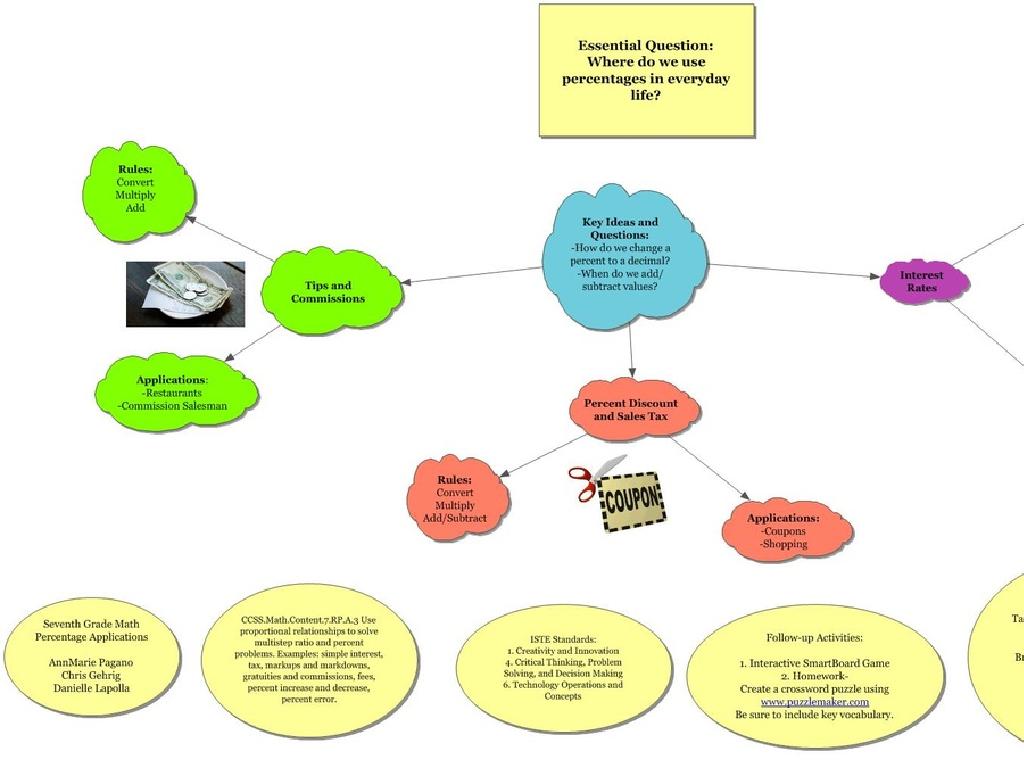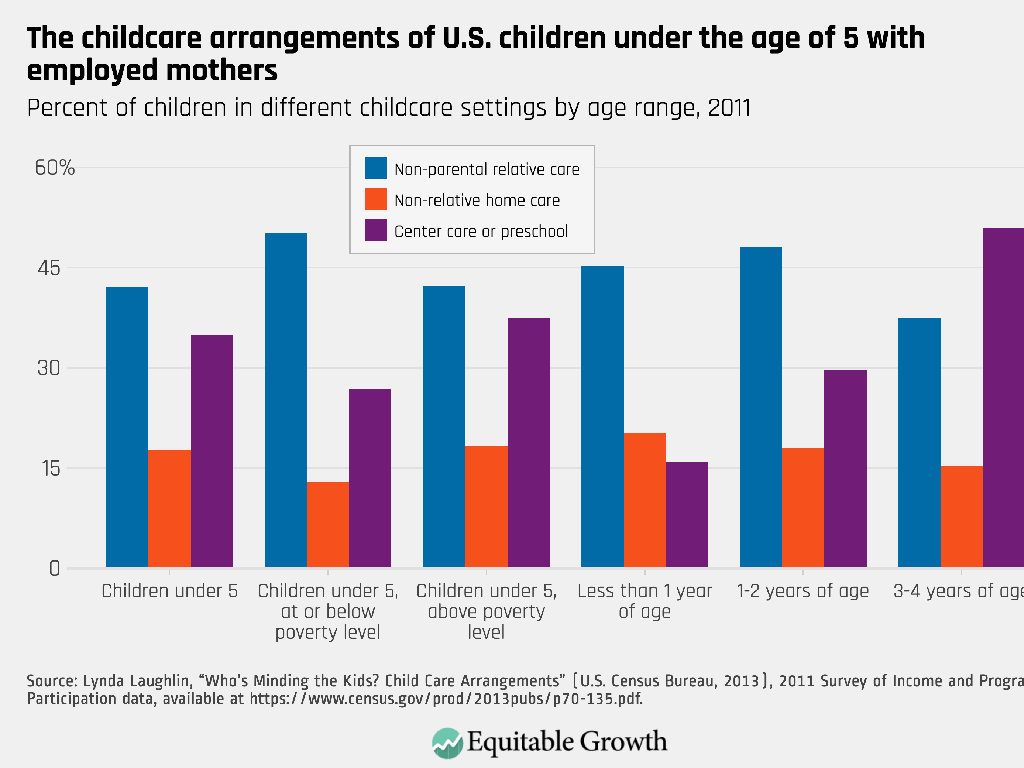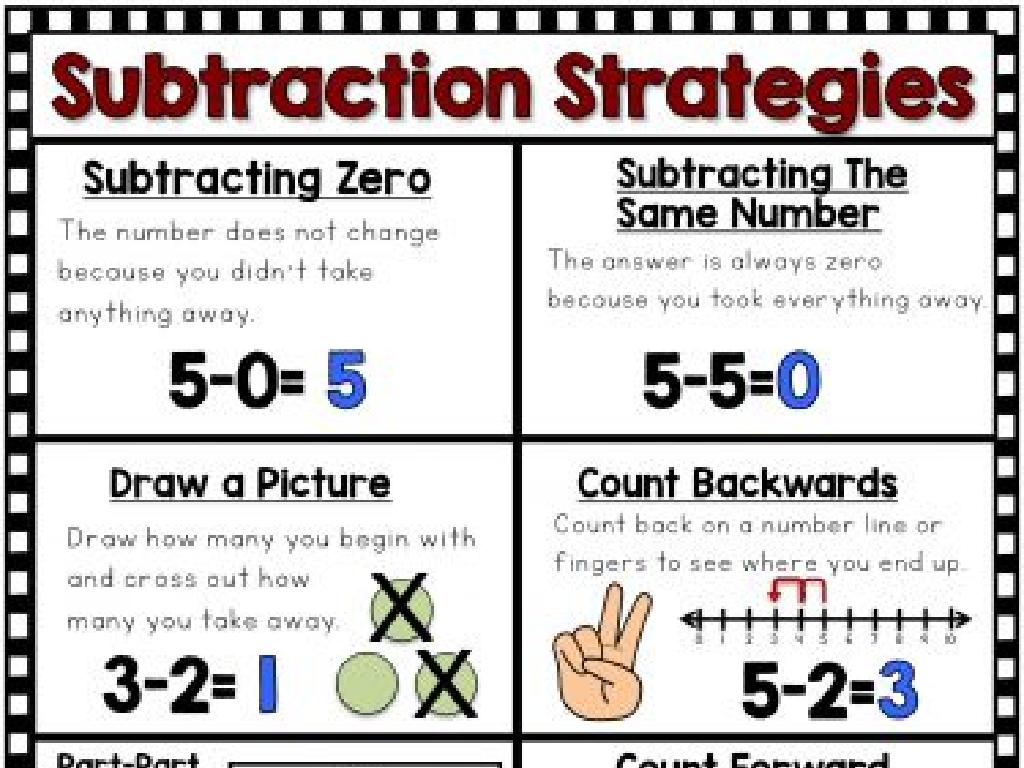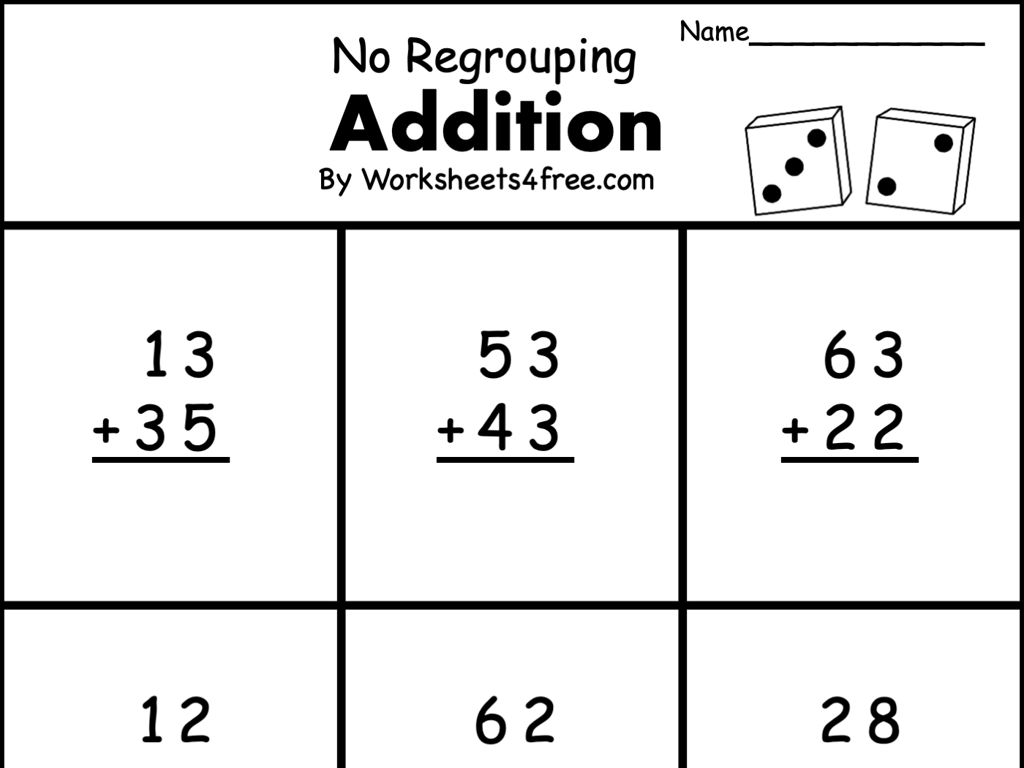Multiple-Meaning Words With Pictures
Subject: Language arts
Grade: Kindergarten
Topic: Multiple-Meaning Words
Please LOG IN to download the presentation. Access is available to registered users only.
View More Content
Exploring Multiple-Meaning Words!
– Words with many meanings
– Think of a word with 2 meanings
– Example: ‘Bat’ can mean a flying animal or a tool in sports
– Why learn multiple-meaning words?
– Becoming better readers and speakers
– Helps us understand stories and conversations better
|
This slide introduces the concept of multiple-meaning words to Kindergarten students. It’s important to explain that some words look and sound the same but have different meanings depending on how they are used in a sentence. Encourage the children to think of any words they know that have more than one meaning. Provide examples like ‘bat’ and ‘light’ to illustrate the point. Emphasize that understanding these words is key to becoming better readers and speakers, as it allows them to comprehend stories and conversations more accurately. Use pictures to visually represent the different meanings of the words to enhance understanding.
Multiple-Meaning Words with Pictures
– What are multiple-meaning words?
– Words that sound the same but have different meanings.
– ‘Bat’ can mean different things
– Like a flying bat or a bat to hit a ball.
– Context reveals the meaning
– Words in a sentence give us clues.
– Pictures help us understand
– Seeing an image with the word shows its meaning.
|
This slide introduces the concept of multiple-meaning words to Kindergarten students. Start by explaining that some words sound the same but can mean different things. Use the word ‘bat’ as an example and show pictures of both the animal and the sports equipment. Explain how the words around the ‘bat’ help us know if it’s talking about the animal or the baseball bat. Use visuals to reinforce learning, as pictures can be powerful tools for understanding, especially for young learners. Encourage the students to think of other words that have more than one meaning and discuss how context and pictures help us figure out which meaning is correct.
Exploring Multiple-Meaning Words: ‘Bark’
– ‘Bark’ as a dog’s sound
– Think of a dog saying ‘woof’
– ‘Bark’ as a tree’s covering
– Look at the rough skin on a tree trunk
– Sentence with ‘bark’ as a sound
– ‘The dog’s bark was loud.’
– Sentence with ‘bark’ as a covering
– ‘The tree’s bark felt rough to touch.’
|
This slide introduces the concept of multiple-meaning words to Kindergarten students using the word ‘bark’. Start by explaining that some words can have more than one meaning. Show pictures of a dog and a tree to visually represent the two meanings of ‘bark’. Use simple sentences to illustrate each meaning in context. Encourage the students to repeat the sentences and discuss the different meanings. You can bring in a piece of tree bark or play a sound clip of a dog barking to make the lesson more interactive and memorable.
Exploring Multiple-Meaning Words: ‘Light’
– ‘Light’ means not heavy
– Like a balloon or a feather
– ‘Light’ also means bright
– Like the sun or a lamp
– Can you hold a light feather?
– Can you turn on the light?
|
This slide introduces the concept of multiple-meaning words to Kindergarten students using the word ‘light’ as an example. Start by explaining that some words can have more than one meaning. Show them a picture of a feather and a lamp to illustrate the two meanings of ‘light.’ Ask the children if they can hold something light like a feather to engage them with the first meaning. Then, ask if they can turn on the light to connect with the second meaning. Encourage the students to think of other examples of light objects and sources of light they know. This interactive approach helps them understand and remember the concept of multiple-meaning words.
Exploring Words: ‘Can’
– ‘Can’: A container for food
– Like a soda can or a soup can
– ‘Can’ means you are able to do something
– Knowing you have the skill to do something
– Example: ‘I have a can of soup.’
– Example: ‘I can jump high!’
|
This slide introduces the concept of multiple-meaning words to Kindergarten students using the word ‘can’ as an example. Start by showing pictures of a can to illustrate the first meaning. Then, demonstrate the second meaning by showing someone doing an action they are capable of, like jumping. Use the sentences ‘I have a can of soup.’ and ‘I can jump high!’ to provide context. Encourage the children to come up with their own sentences using both meanings of ‘can’. This activity will help them understand that some words can have more than one meaning, which is an important step in language development.
Let’s Practice Multiple-Meaning Words!
– Listen to the teacher say a word
– Think of different meanings it can have
– A word like ‘bat’ can mean a flying animal or a baseball tool
– Make sentences with each meaning
– ‘I saw a bat at night’, ‘I play with a bat in baseball’
– Get ready for the meaning match game!
|
This interactive slide is designed to engage Kindergarten students in a game that helps them understand that some words can have more than one meaning. Start by saying a word aloud and then ask the students to think of the different meanings that word might have. Encourage them to use their imagination and previous knowledge. After they come up with different meanings, work together to create sentences for each meaning, reinforcing their understanding through practice. The ‘meaning match game’ will make the activity fun and memorable, ensuring that the students are attentive and eager to participate. Be prepared with a list of multiple-meaning words suitable for their age and understanding. Examples could include words like ‘bat’, ‘light’, ‘bark’, etc. Make sure to praise their efforts and correct gently where needed.
Class Activity: Picture Match!
– Receive your matching worksheet
– Match words to the right pictures
– Think about why each picture fits
– Does the word ‘bat’ match with the animal or the baseball equipment?
– Get ready to share and discuss
|
This activity is designed to help Kindergarten students understand that some words can have more than one meaning. Provide each student with a worksheet that includes a list of multiple-meaning words and corresponding pictures. Students will draw lines to connect each word to the correct picture that represents one of its meanings. After completing the worksheet, facilitate a discussion where students explain their choices. This will help them articulate their thought process and reinforce their understanding of multiple-meaning words. Possible words for the activity: bat (animal/sport equipment), park (place to play/parking a car), and duck (animal/action of ducking).
Review and Goodbye!
– Reviewing our word discoveries
– One word, many meanings
– Like ‘bat’ can mean a flying animal or a sports equipment
– You did a fantastic job today!
– Excited to see you again!
|
As we wrap up today’s lesson on multiple-meaning words, take a moment to revisit the words we’ve explored. Emphasize the concept that a single word can have different meanings in different contexts, which can be understood by looking at the whole sentence. Praise the children for their hard work and participation in today’s activities. Let them know that their understanding of multiple-meaning words is important and will help them become better readers and communicators. End the class on a positive note, expressing enthusiasm for the next lesson to keep them excited about learning.






